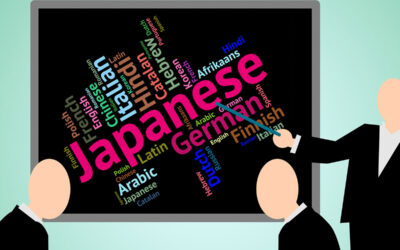Designing a Japanese bilingual websites is very important for people who want to cater to multiple languages. They are quite common nowadays especially in countries where English is a second language. So what are the points you need to keep in mind while creating a bilingual website?
Know your Japanese content structure
Before designing the website, have a plan of how you want to layer your Japanese content. See if you want different layouts for different languages. Design a skeleton of the website for each language as this will allow you to switch between languages easily. If your website structure is clear and easy to navigate, it will be easier to edit in other languages and even add more languages in the future.
The nature of your content will also allow you to figure out if you need two separate different language websites or a single website.
Japanese Bilingual Content generation
It would be ideal to have bilingual writers as Google Translate isn’t going to give you the most accurate translation. This becomes even more important if you have a business website. If you don’t have Japanese bilingual writers, our writers at Imagine Web Creation can be of service to you. There are automated translation software but has its limits. No commercially-available automated software can lay claim to being better than humans with an intimate knowledge of the language.
Decide how you will switch between sites
You will need to figure out how to link your multiple websites. By this point, you will have to decide if you want two completely different sites or if you want to use tabs for your multilingual website. Using separate websites will allow you to have different domains and it is more useful if your different users expect a different cultural experience when visiting your site. (This is the most SEO effective and recommended approach)
You can either have a drop down menu with separate language options or you could have language tabs that will allow you to switch languages at will. Alternatively, your entrance page could be a landing page where visitors choose their preferred language before accessing the site’s content.
Understand what kind of images and attachments you need
This will depend on what type of website you operate. If you have language-specific images, you will need to upload images into the language’s associated content. Generic images can be uploaded into the site’s default language content. If you require different images for different languages, it would be best to have separate websites as most of the content is also likely to be different.




